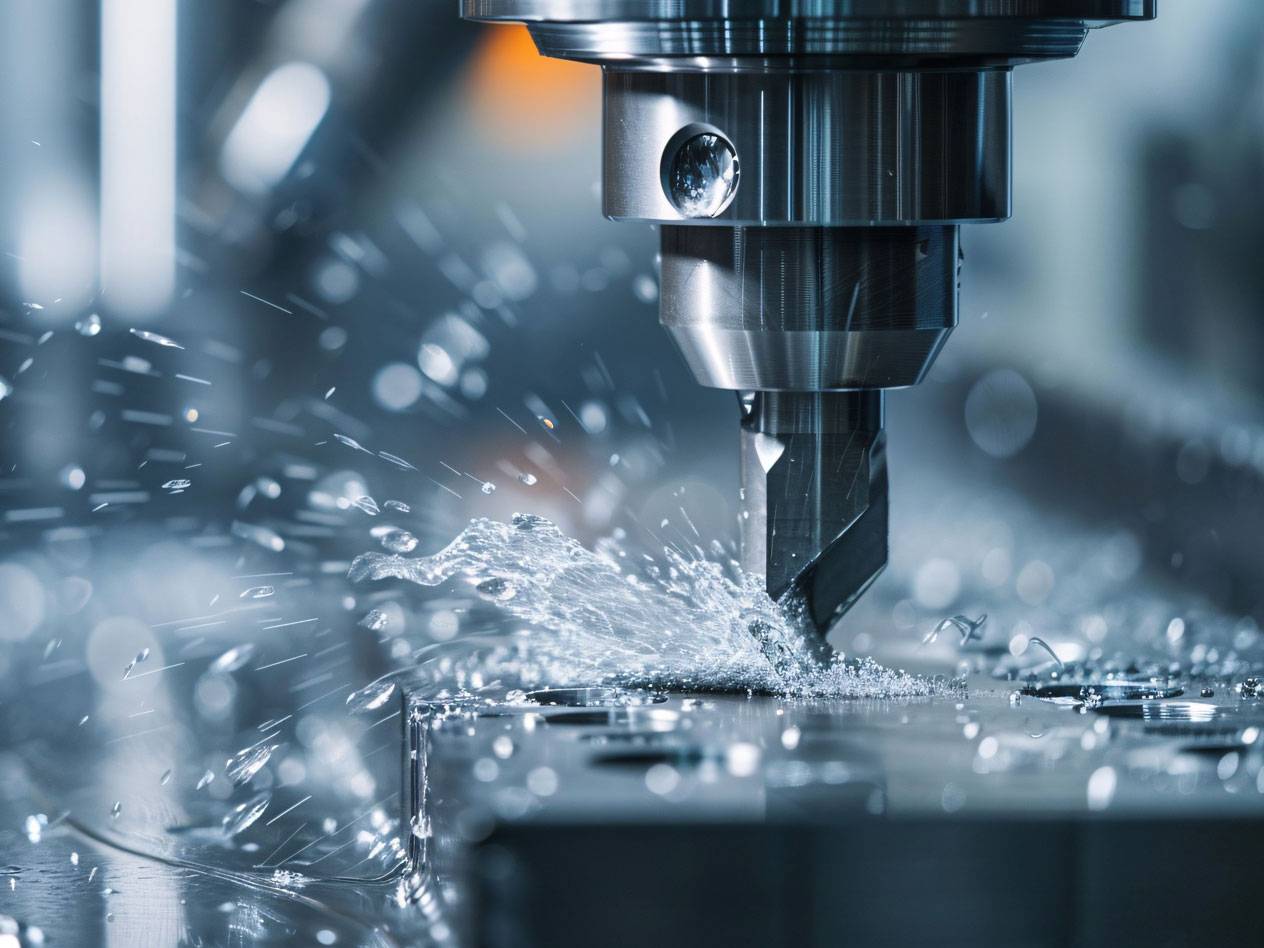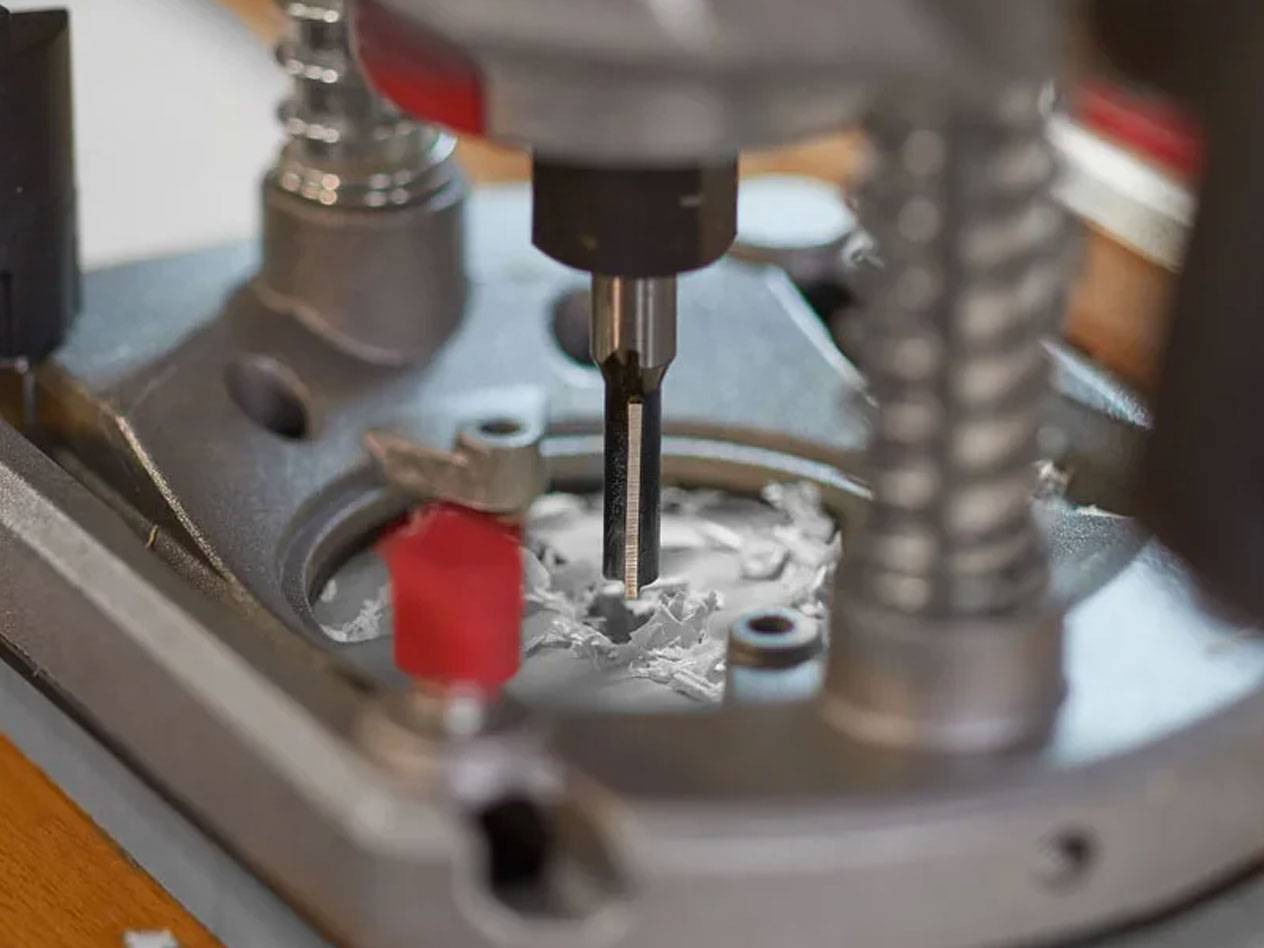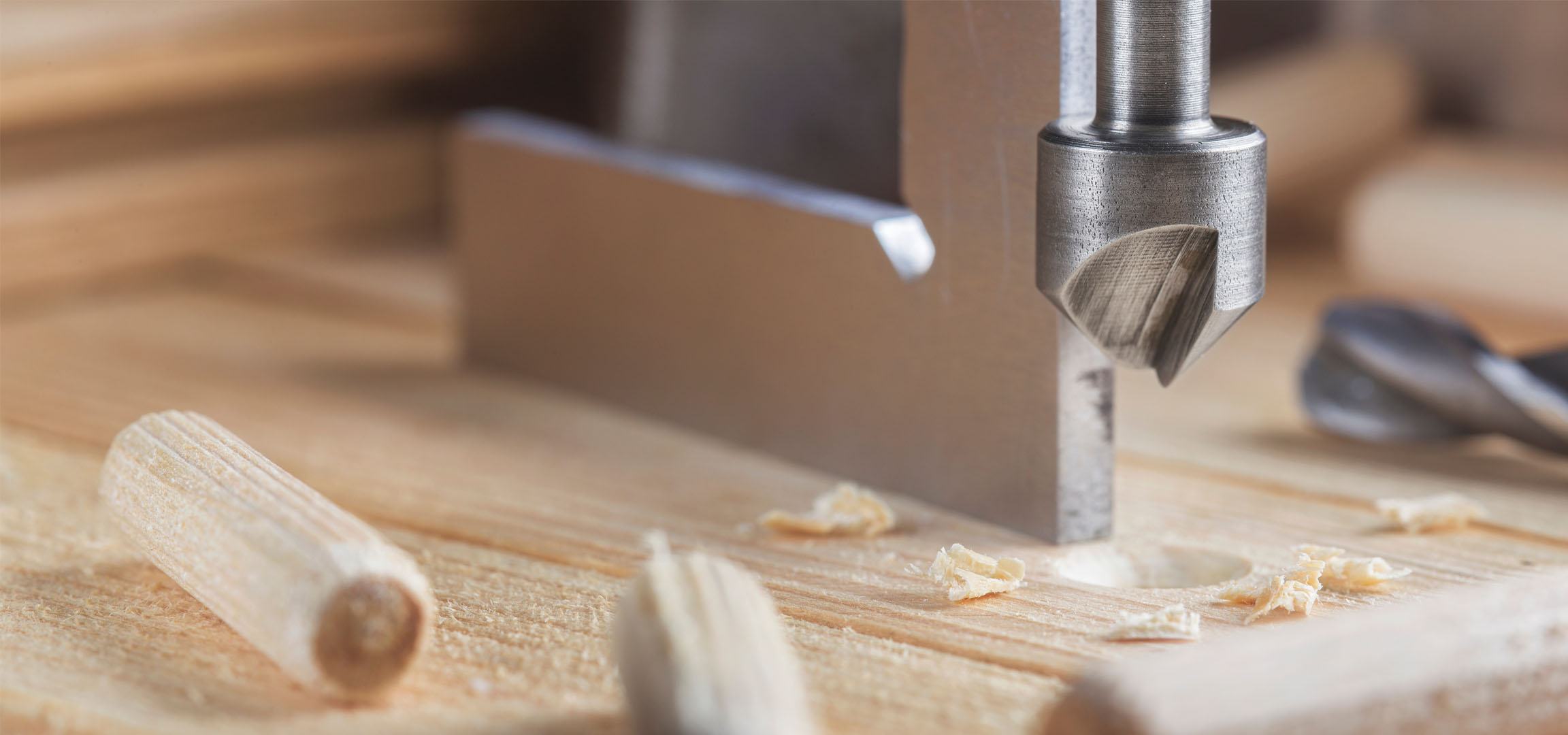Milling
Milling is a versatile working method that can be used to create different profiles. This guide explains what you should bear in mind when milling and where the added value lies in a particularly clear and beginner-friendly way.
In the following articles, you will also find out how you can manage without a router using a drill and what you need to bear in mind for various routing tasks, such as routing a groove. Even beginners are guaranteed a professional result!
The added value of milling
Milling means removing material from a workpiece in chips. This creates a profile for various areas of application. For example, patterns and lettering can be milled into the base material. However, the main area of application is the creation of material connections: This includes guide rails, T-joints, folds, holes and much more. With their help, individual parts can be firmly joined together by inserting a second workpiece into the appropriately milled recess. This connection can also be glued or screwed together.
Processes & functions
Routing methods are mainly used for the construction of furniture. The following list provides an overview of common methods, functions and device features.
Common milling methods
There are various milling methods, each with their own special devices. The most versatile router is the router. It is very flexible and can be guided over the material with various attachments to create the desired recesses.
The device can also be mounted underneath a panel to create a router table. This means that the device no longer has to be guided over the material, but the material itself is moved over the router. This is particularly advantageous for small workpieces. Even grooves can also be cut into flat materials with an electric planer.
Mainly wood is milled. Although other materials such as metals and plastics can also be machined, special equipment such as a CNC milling machine is usually required. However, due to the high purchase costs and complex operation, this solution is only recommended for very few DIY enthusiasts.
There are special wall chasers for masonry, which can be used to cut guide channels for laying power cables or heating pipes, for example. This device is very useful for major renovation work and core renovations.

This is why milling in the opposite direction is better
Close-up view of the running direction display on a router, symbolized by an arrow. When milling, you should always work against the direction of movement of the device. This is usually indicated on the device by an arrow. You can also mill in synchronism, but the work piece is much more difficult to stabilize. In the worst case, the material could even be flung away and therefore there is a risk of injury.
This is how important the cutting speed is
The cutting speed is often cited as a selection criterion for milling devices and is calculated from the feed speed, speed, diameter of the milling cutter and the number of circles Pi. However, it is only important when the shortest possible processing times and high profitability are required, such as in industrial mass production. There are complex tables that optimize productivity and material wear under high loads.
For private use, the cutting speed is irrelevant and also unnecessarily complicated to calculate. The feed speed can be controlled, but this is difficult to quantify. Harder materials, for example, can be milled more slowly because they offer more resistance. Plastic is an exception: it should be milled as quickly as possible, otherwise the material will melt.

The right speed for milling
The speed is different from the feed speed. When routing, in contrast to sawing, the following applies for most types of wood: give full throttle! Rotation speeds that are too low result in strong friction on the material and do not reliably remove the material. This increases the temperature so much that it can lead to unsightly heat traces and charred cut edges. Therefore, it is generally advisable to work with higher than lower speeds.
For plastics, it is the other way round. Here you work with the minimum possible speed setting and pay particular attention to the use of a particularly sharp cutter. This should not have more than two cutting edges so that there is enough space to remove the chips. This effectively prevents heated chips from sticking.
Tip
A cooling lubricant can also be used for metal and plastic. It reduces the temperature development and improves the removal of the chips. In addition, less dust is created because it is bound in the agent.
Conclusion
Milling is a versatile processing method that can be used to create profiles in all possible shapes. Although many materials can be processed with the milling machine, the most popular is wood, because:
- Metal requires expensive equipment such as a CNC milling machine. However, this investment rarely makes sense for home use.
- Materials with low strength tear quickly and are therefore unsuitable.
- Plastics require speed control on the milling machine used. The use of coolants may also be advisable.
For routing various types of wood, the router in particular offers an almost endless number of possible applications and facilitates, for example, the construction of furniture as well as countless design tasks. When laying cables and pipes as part of renovation work on brickwork, a wall chaser is worthwhile.


